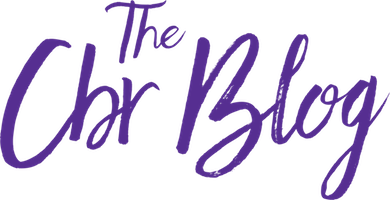This past year was big for us, and even bigger for the science of newborn stem cells. From groundbreaking studies on how cord blood could help treat autism and hearing loss to the exciting research into gene therapy, 2018 was a year for the books.
We’ve rounded up the best stories from last year. Here are our top six.
1. Results published from autism and cord blood study.
In February 2018, a CBR-supported study was published on the feasibility of using cord blood to treat children with autism.
The findings? An infusion of a child’s own cord blood was safe and feasible. Furthermore, researchers believe these findings warrant more research to see if cord blood may be an effective treatment for autism spectrum disorder! Check out our original analysis here.
2. Treating hearing loss with cord blood: A pilot study
According to research at the Florida Hospital for Children, in the future, cord blood could be a potential treatment option for children with hearing loss. The study was the first of its kind in the U.S., and all participants in the trial were children who had their cord blood preserved with CBR at birth.
Based on these results, additional research can continue with the goal of one day using cord blood to treat children with hearing loss!
3. How One Family Took on Hearing Loss
When Sarah Huber was pregnant, she had no idea her daughter, Grace, would be born with sensorineural hearing loss. But because she preserved Grace’s cord blood, they were able to join a clinical trial to research how cord blood stem cells may help treat Grace’s condition.
In case you missed it, here’s a video of Sarah’s story. Awww.
4. Newborn Stem Cells: The Future of Gene Therapy?
Gene therapy is an exciting new area of research for treating conditions like sickle-cell disease. And blood-producing stem cells like those found in cord blood are ideal for some gene therapy applications. These include severe beta-thalassemia, a blood disorder caused by a mutation in a specific gene that affects the production of hemoglobin.
Take a look at where this exciting area of research could lead—and what it means for the science of newborn stem cells.
5. Duke autism study follow-up yields new, exciting results
In August 2018, researchers from Duke University released some follow-up information to their phase 1 autism study.
We reported that they found that after children had received the cord blood infusions, their EEG patterns more closely resembled the EEG profiles of children without the autism diagnosis. This suggests cord blood infusions may have contributed to these changes in electrical activity in the brain!
6. CBR families contribute to research on World Cord Blood Day
World Cord Blood Day is November 15, so last year we decided to honor the families who have contributed to advancing the research of cord blood stem cells.
More good news? All CBR families can help contribute to advancing the research simply by registering for the Family Health Registry and filling out their Family Health Questionnaire each year. Don’t think it makes a huge impact? Think again!
Although it’ll be tough to top 2018, we’ll definitely try! We’re looking forward to joining you in an exciting 2019, and to continuing to advance the science of newborn stem cells.


